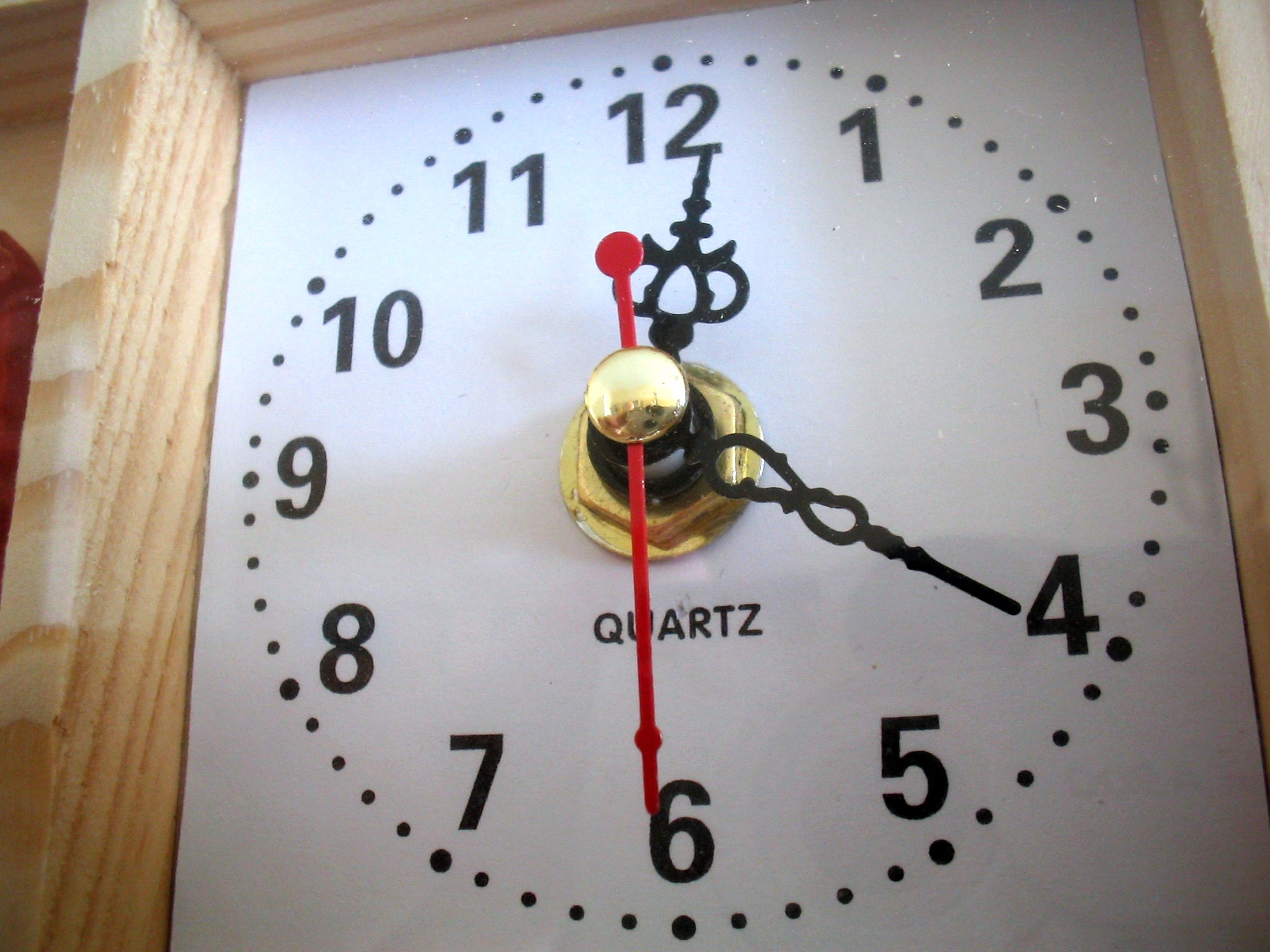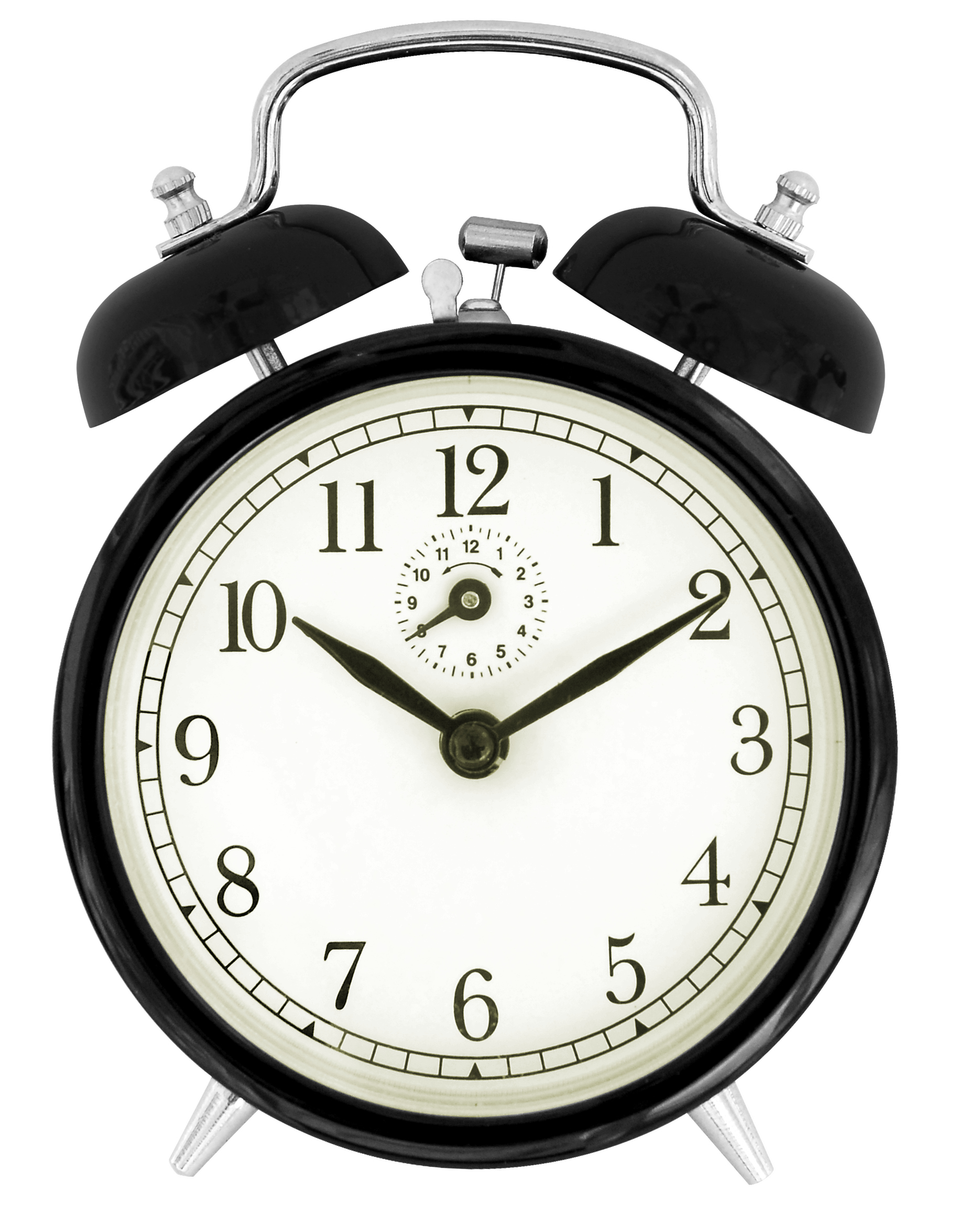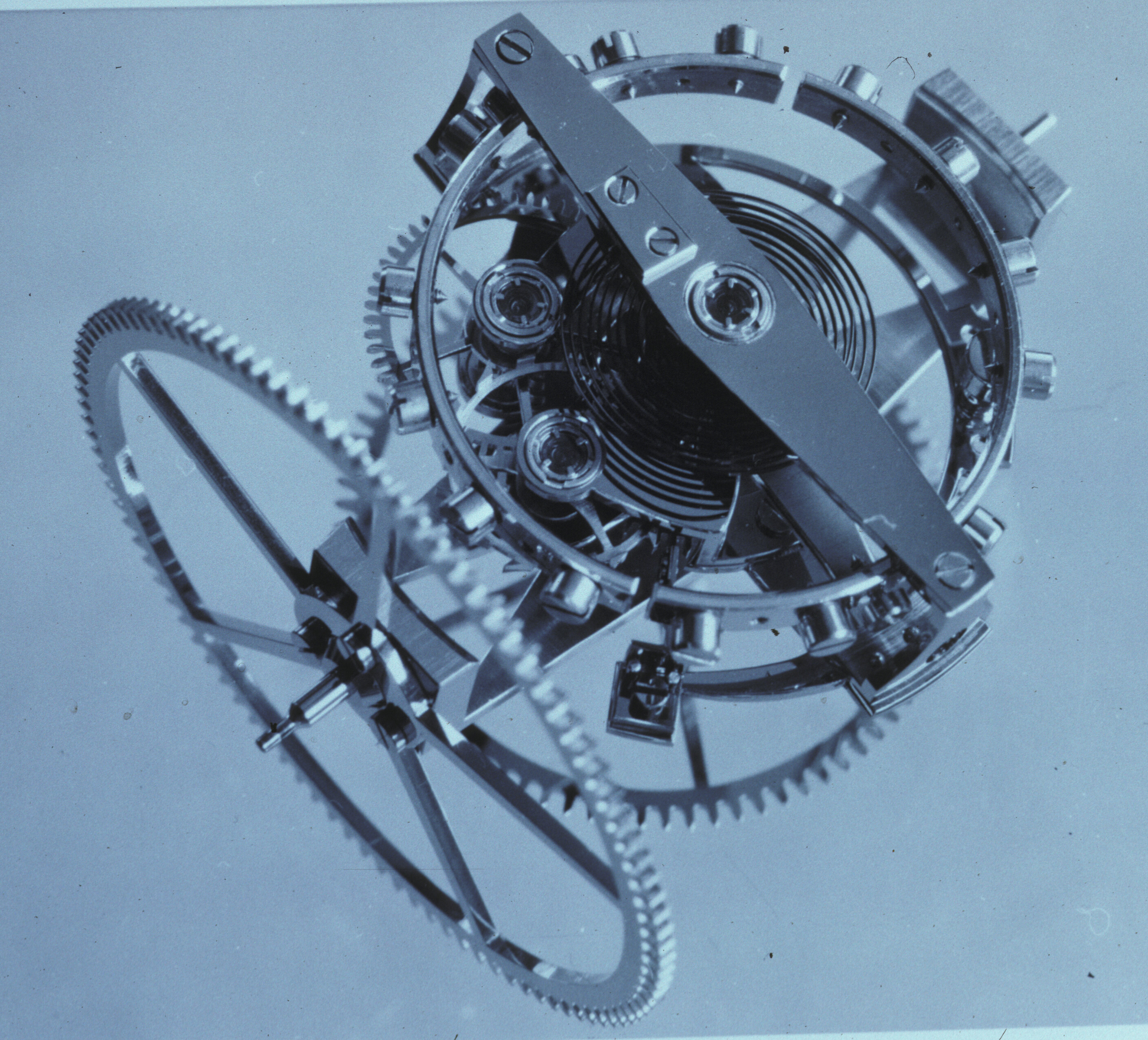|
Wrist Watch
A watch is a portable timepiece intended to be carried or worn by a person. It is designed to keep a consistent movement despite the motions caused by the person's activities. A wristwatch is designed to be worn around the wrist, attached by a watch strap or other type of bracelet, including metal bands, leather straps or any other kind of bracelet. A pocket watch is designed for a person to carry in a pocket, often attached to a chain. Watches were developed in the 17th century from spring-powered clocks, which appeared as early as the 14th century. During most of its history the watch was a mechanical device, driven by clockwork, powered by winding a mainspring, and keeping time with an oscillating balance wheel. These are called ''mechanical watches''. In the 1960s the electronic ''quartz watch'' was invented, which was powered by a battery and kept time with a vibrating quartz crystal. By the 1980s the quartz watch had taken over most of the market from the mechani ... [...More Info...] [...Related Items...] OR: [Wikipedia] [Google] [Baidu] |
Quartz Clock
Quartz clocks and quartz watches are timepieces that use an electronic oscillator regulated by a quartz crystal to keep time. This crystal oscillator creates a signal with very precise frequency, so that quartz clocks and watches are at least an order of magnitude more accurate than mechanical clocks. Generally, some form of digital logic counts the cycles of this signal and provides a numerical time display, usually in units of hours, minutes, and seconds. Since the 1980s, when the advent of solid-state digital electronics allowed them to be made compact and inexpensive, quartz timekeepers have become the world's most widely used timekeeping technology, used in most clocks and watches as well as computers and other appliances that keep time. Explanation Chemically, quartz is a specific form of a compound called silicon dioxide. Many materials can be formed into plates that will resonate. However, quartz is also a piezoelectric material: that is, when a quartz crystal is su ... [...More Info...] [...Related Items...] OR: [Wikipedia] [Google] [Baidu] |
Quartz Crisis
The quartz crisis was the upheaval in the watchmaking industry caused by the advent of quartz watches in the 1970s and early 1980s, that largely replaced mechanical watches around the world.Smithsonian: The quartz revolution revitalized the U.S. watch industry. It caused a significant decline of the Swiss watchmaking industry, which chose to remain focused on traditional mechanical watches, while the majority of the world's watch production shifted to Japanese companies such as , [...More Info...] [...Related Items...] OR: [Wikipedia] [Google] [Baidu] |
Watch Strap
A watch strap, watch band, watch bracelet or watch belt is a bracelet that straps a wrist watch onto the wrist. Watch straps may be made of leather, plastic, rubber, cloth, or metal, sometimes in combination. It can be regarded as a fashion item, serving both a utilitarian and decorative function. Some metal watch straps may be plated with, or even in rare cases made of, precious metals. Watch straps may close with a buckle or a folding clasp. Expanding watch straps are designed to expand elastically, often by the use of metal springs in a segmented design, and may be slipped on like a bracelet. Attachment points for the strap to the watch are largely standardized, with a spring bar (a spring-loaded double-ended pin) used to anchor the watch strap to holes in a bracket that is integral to the watch case, allowing worn watch straps to be replaced or swapped with new straps for fashion purposes. Metal watch straps are typically stainless steel. The most common metal watch strap s ... [...More Info...] [...Related Items...] OR: [Wikipedia] [Google] [Baidu] |
Casio OCEANUS OCW-S1350PC-1AJR 01
is a Japanese multinational electronics manufacturing corporation headquartered in Shibuya, Tokyo, Japan. Its products include calculators, mobile phones, digital cameras, electronic musical instruments, and analogue and digital watches. It was founded in 1946, and in 1957 introduced the world's first entirely compact electronic calculator. It was an early digital camera innovator, and during the 1980s and 1990s, the company developed numerous affordable home electronic keyboards for musicians along with introducing the world's first mass-produced digital watches. History Casio was established as Kashio Seisakujo in April 1946 by Tadao Kashio ( 樫尾忠雄 1917–1993), an engineer specializing in fabrication technology. Kashio's first major product was the yubiwa pipe, a finger ring that would hold a cigarette, allowing the wearer to smoke the cigarette down to its nub while also leaving the wearer's hands free. Japan was impoverished immediately following World War II, ... [...More Info...] [...Related Items...] OR: [Wikipedia] [Google] [Baidu] |
Alarm Clock
An alarm clock (or sometimes just an alarm) is a clock that is designed to alert an individual or group of individuals at a specified time. The primary function of these clocks is to awaken people from their night's sleep or short naps; they are sometimes used for other reminders as well. Most use sound; some use light or vibration. Some have sensors to identify when a person is in a light stage of sleep, in order to avoid waking someone who is deeply asleep, which causes tiredness, even if the person has had adequate sleep. To turn off the sound or light, a button or handle on the clock is pressed; most clocks automatically turn off the alarm if left unattended long enough. A classic analog alarm clock has an extra hand or inset dial that is used to specify the time at which the alarm will ring. Alarm clocks are also used in mobile phones, watches, and computers. Many alarm clocks have radio receivers that can be set to start playing at specified times, and are known as ''clo ... [...More Info...] [...Related Items...] OR: [Wikipedia] [Google] [Baidu] |
Tourbillon
In horology, a tourbillon (; "whirlwind") is an addition to the mechanics of a watch escapement to increase accuracy. It was developed around 1795 and patented by the Swiss-French watchmaker Abraham-Louis Breguet on June 26, 1801. In a tourbillon the escapement and balance wheel are mounted in a rotating cage, with the goal of eliminating errors of poise in the balance giving a uniform weight. Tourbillons are still included in some modern wristwatches, the mechanism is usually exposed on the watch's face to showcase it. Types of tourbillon Single axis tourbillon Patented by Breguet in 1801, the single axis tourbillon minimizes the difference in rate between positions caused by poise errors. The tourbillon was invented to complement the split bi-metallic balance which was inherently difficult to poise. In the most common implementation of this, the tourbillon carriage is carried by the fourth pinion, within a stationary fourth wheel. The escape pinion is engaged with this ... [...More Info...] [...Related Items...] OR: [Wikipedia] [Google] [Baidu] |
Timer
A timer is a specialized type of clock used for measuring specific time intervals. Timers can be categorized into two main types. The word "timer" is usually reserved for devices that counts down from a specified time interval, while devices that do the opposite, measuring elapsed time by counting upwards from zero, are called stopwatches. A simple example of the first type is an hourglass. Working method timers have two main groups: hardware and software timers. Most timers give an indication that the time interval that had been set has expired. Time switches, timing mechanisms that activate a switch, are sometimes also called "timers". Hardware Mechanical Mechanical use clockwork to measure time. Manual timers are typically set by turning a dial to the time interval desired; turning the dial stores energy in a mainspring to run the mechanism. They function similarly to a mechanical alarm clock; the energy in the mainspring causes a balance wheel to rotate back and forth. ... [...More Info...] [...Related Items...] OR: [Wikipedia] [Google] [Baidu] |
Chronograph
A chronograph is a specific type of watch that is used as a stopwatch combined with a display watch. A basic chronograph has an independent sweep second hand and a minute sub-dial; it can be started, stopped, and returned to zero by successive pressure on the stem. More complex chronographs use additional Complication (horology), complications and can have multiple sub-dials to measure seconds, minutes, hours and even fractions of a second. In addition, many modern chronographs use moveable bezels as Tachymeter (watch), tachymeters for rapid calculations of speed or distance. Louis Moinet invented the chronograph in 1816 for use in tracking astronomical objects. Chronographs were also used heavily in artillery fire in the mid to late 1800s. More modern uses of chronographs involve aircraft piloting, auto racing, Underwater diving, diving and submarine maneuvering. Since the 1980s, the term ''chronograph'' has also been applied to all Watch#Digital, digital watches that incorpor ... [...More Info...] [...Related Items...] OR: [Wikipedia] [Google] [Baidu] |
Bluetooth
Bluetooth is a short-range wireless technology standard that is used for exchanging data between fixed and mobile devices over short distances and building personal area networks (PANs). In the most widely used mode, transmission power is limited to 2.5 milliwatts, giving it a very short range of up to . It employs UHF radio waves in the ISM bands, from 2.402GHz to 2.48GHz. It is mainly used as an alternative to wire connections, to exchange files between nearby portable devices and connect cell phones and music players with wireless headphones. Bluetooth is managed by the Bluetooth Special Interest Group (SIG), which has more than 35,000 member companies in the areas of telecommunication, computing, networking, and consumer electronics. The IEEE standardized Bluetooth as IEEE 802.15.1, but no longer maintains the standard. The Bluetooth SIG oversees development of the specification, manages the qualification program, and protects the trademarks. A manufacturer must meet ... [...More Info...] [...Related Items...] OR: [Wikipedia] [Google] [Baidu] |
Calculator
An electronic calculator is typically a portable electronic device used to perform calculations, ranging from basic arithmetic to complex mathematics. The first solid-state electronic calculator was created in the early 1960s. Pocket-sized devices became available in the 1970s, especially after the Intel 4004, the first microprocessor, was developed by Intel for the Japanese calculator company Busicom. Modern electronic calculators vary from cheap, give-away, credit-card-sized models to sturdy desktop models with built-in printers. They became popular in the mid-1970s as the incorporation of integrated circuits reduced their size and cost. By the end of that decade, prices had dropped to the point where a basic calculator was affordable to most and they became common in schools. Computer operating systems as far back as early Unix have included interactive calculator programs such as dc and hoc, and interactive BASIC could be used to do calculations on most 1970s a ... [...More Info...] [...Related Items...] OR: [Wikipedia] [Google] [Baidu] |
Radio Clock
A radio clock or radio-controlled clock (RCC), and often (incorrectly) referred to as an atomic clock is a type of quartz clock or watch that is automatically synchronized to a time code transmitted by a radio transmitter connected to a time standard such as an atomic clock. Such a clock may be synchronized to the time sent by a single transmitter, such as many national or regional time transmitters, or may use the multiple transmitters used by satellite navigation systems such as Global Positioning System. Such systems may be used to automatically set clocks or for any purpose where accurate time is needed. RC clocks may include any feature available for a clock, such as alarm function, display of ambient temperature and humidity, broadcast radio reception, etc. One common style of radio-controlled clock uses time signals transmitted by dedicated terrestrial longwave radio transmitters, which emit a time code that can be demodulated and displayed by the radio controlled clock. ... [...More Info...] [...Related Items...] OR: [Wikipedia] [Google] [Baidu] |






.jpg)


